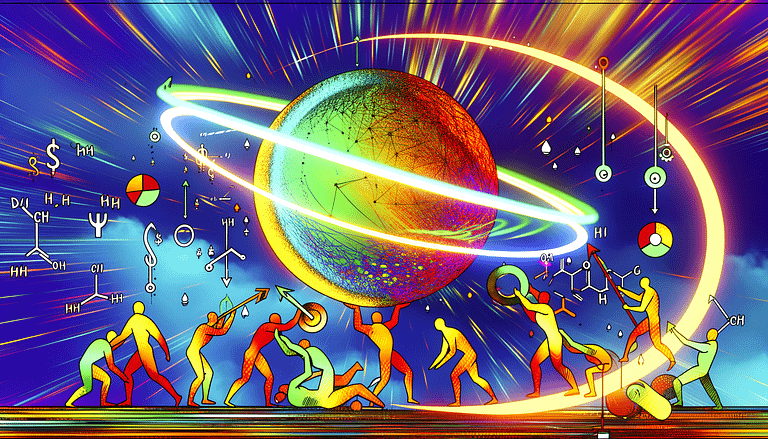Mantra Chain CEO Talks Asset Tokenization on Podcast
In A Nutshell
In a recent episode of the Hashing It Out podcast from Cointelegraph, John Mullin, CEO of Mantra Chain, shared insightful perspectives on the tokenization of real-world assets (RWA). He discussed the sector’s market fit, particularly with institutional investors, the technology’s current regulatory landscape, and the real potential tokenization holds for Web3 adoption and the broader financial ecosystem.
Tokenization: Bridging Real-World Assets with Web3
Tokenization is not a novel concept in the blockchain arena; its roots can be traced back to the popularity of security token offerings (STO) around 2018-2019. However, Mullin points out that the environment today is markedly different, primarily due to heightened interest from institutional players and innovative solutions to regulatory hurdles that previously stifled progress in the STO domain.
Understanding the Hype and Real Potential
Mullin elaborates on the common misconception that anything and everything can or should be tokenized. While the technology indeed allows for a wide range of assets to be tokenized, the crucial factor is whether these tokens can effectively represent real-world rights and ownership. For a token to have tangible value and transferability, it must encapsulate the legal and corporate aspects of the asset it represents, a process that varies significantly across different asset classes and jurisdictions.
Challenges and Opportunities on the Horizon
The path to widespread tokenization is fraught with challenges, primarily stemming from the diverse regulatory landscapes across the globe. Each asset class follows a distinct set of rules that vary by jurisdiction, complicating the tokenization process. Despite these hurdles, Mullin remains optimistic about the future, envisioning a world where tokenization becomes ubiquitous, thereby enhancing the liquidity and accessibility of real-world assets through Web3 technologies.
The Institutional Angle
One of the significant advantages of RWA tokenization, according to Mullin, is its appeal to institutional investors. By tokenizing real-world assets, institutions can partake in blockchain investments with assets that are less volatile and more familiar than typical decentralized finance (DeFi) offerings. This shift could herald a new era of institutional investment in the blockchain space, further legitimizing and stabilizing the market.
Our take
The discourse around tokenization is not merely about technological novelty but about its potential to redefine ownership, investment, and asset management in the digital age. While the journey towards widespread adoption is complex and filled with regulatory and technical challenges, the benefits of a fully tokenized world – increased liquidity, democratized access to investments, and seamless integration of the physical and digital – are too significant to ignore. As the industry matures and solutions to these challenges are found, tokenization may well become the standard for asset management in the future.
—
To delve deeper into the intricacies of real-world asset tokenization and hear more from John Mullin, the full episode of Hashing It Out is available on Spotify, Apple Podcasts, and TuneIn.







